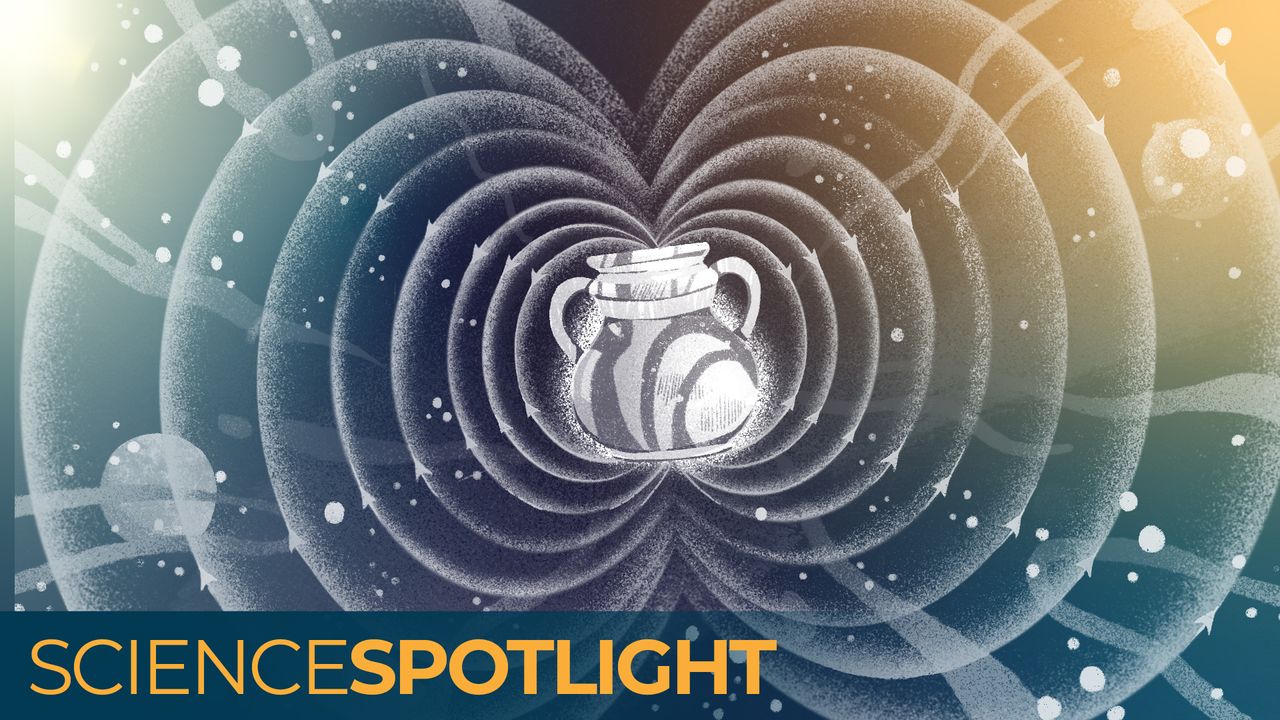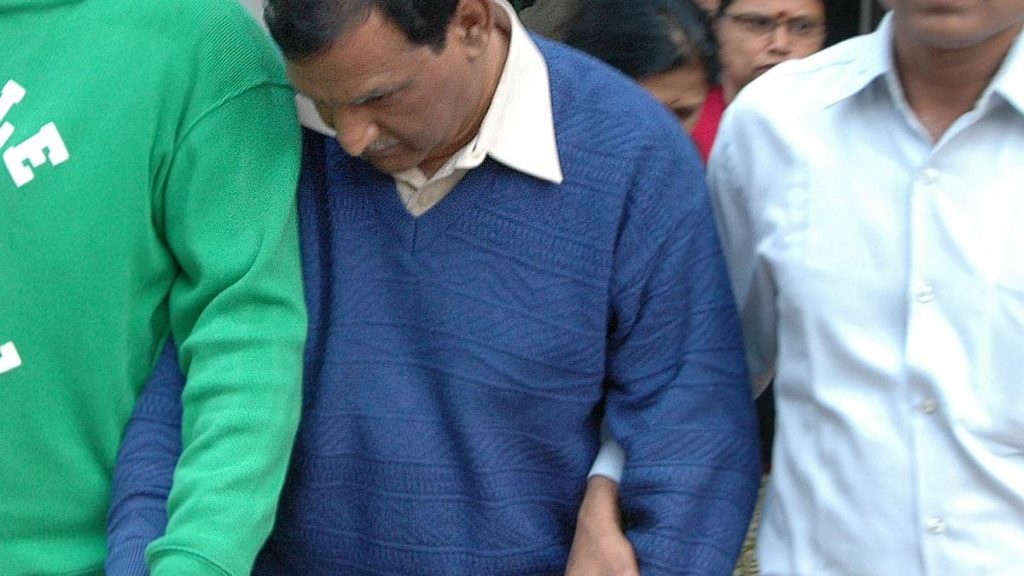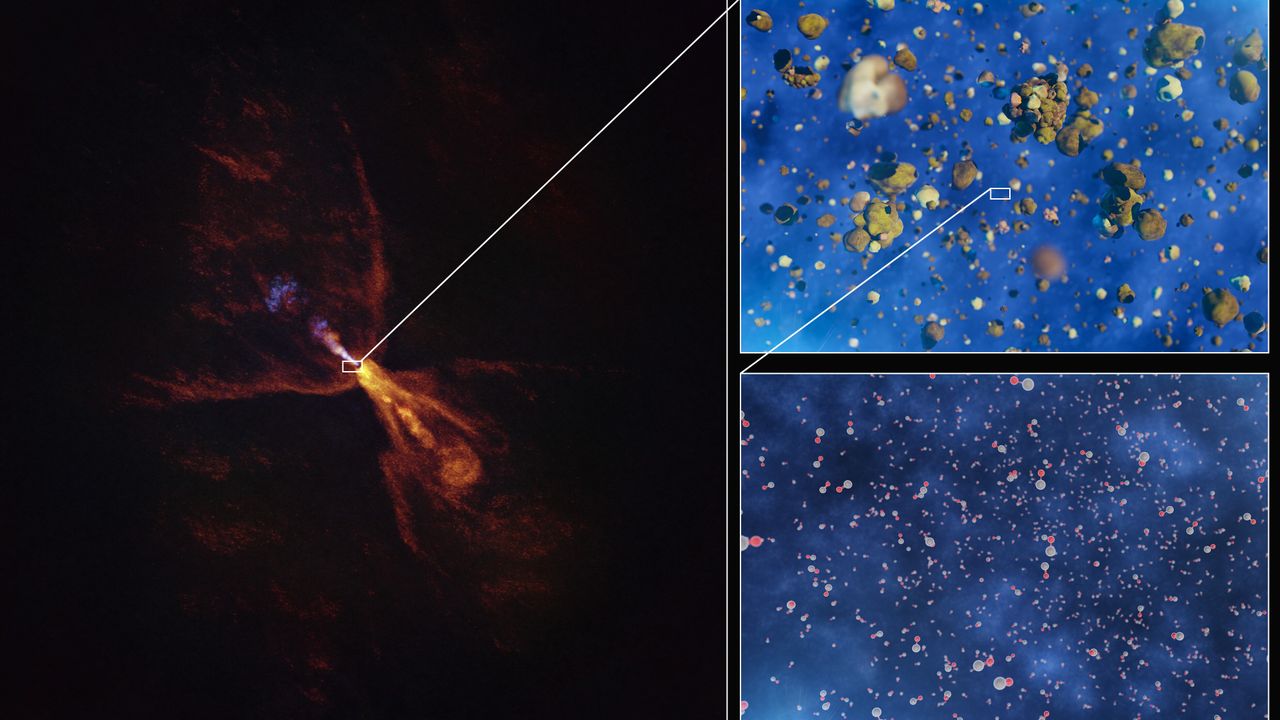Now Reading: Decoding Earth’s Weakening Magnetic Field: Ancient Crystals May Hold Clues
-
01
Decoding Earth’s Weakening Magnetic Field: Ancient Crystals May Hold Clues
Decoding Earth’s Weakening Magnetic Field: Ancient Crystals May Hold Clues

Swift Summary
- A piece of copper slag from the Iron age, discovered in southern Jordan in 2008, revealed an unprecedented spike in Earth’s magnetic field, now known as the Levantine Iron Age Anomaly (LIAA).
- This anomaly occurred between 1100 and 550 B.C., showcasing rapid and intense fluctuations in Earth’s magnetic field.
- The discovery was confirmed using archaeomagnetism, a technique that analyzes magnetic particles locked inside ancient artifacts (e.g., pottery or metal waste) to reconstruct past geomagnetic fields.
- Customary methods for studying Earth’s magnetic history rely on rock formations but are limited to rare events hundreds of thousands or millions of years ago; archaeomagnetism offers insights into more recent past phenomena.
- Global geographic bias limits archaeomagnetic data collection-90% of existing records come from Europe with underrepresentation in regions like Africa.
- Understanding fluctuations like LIAA is vital due to their potential implications for satellite dialogue systems and planetary radiation shielding; Earth’s magnetic field has recently been weakening.
Indian Opinion Analysis
The study underscores not only global scientific advancements but also opportunities for India as a geoscientific research hub. given India’s rich archaeological history spanning millennia and its large volume of preserved ancient artifacts, there is untapped potential for significant contributions to archaeomagnetism studies worldwide. Enhanced research capabilities could inform understanding of regional anomalies across South Asia while filling critical gaps within global geomagnetic models.
Increasing India’s investment into high-end technologies like magnetometers-currently cost-prohibitive limiting availability-can elevate its position within an international geophysics research network while broadening applications relevant beyond science such as space-tech adaptation especially given ISRO satellite increases reliant indirectly affected trends protecting ionosphere-critical compatibility sectors economy exposure limitations risk growth simultaneous aligns capacity-building possibilities indigenous academic STEM combined R&D drive sustainability overlapping monitoring-policy.























